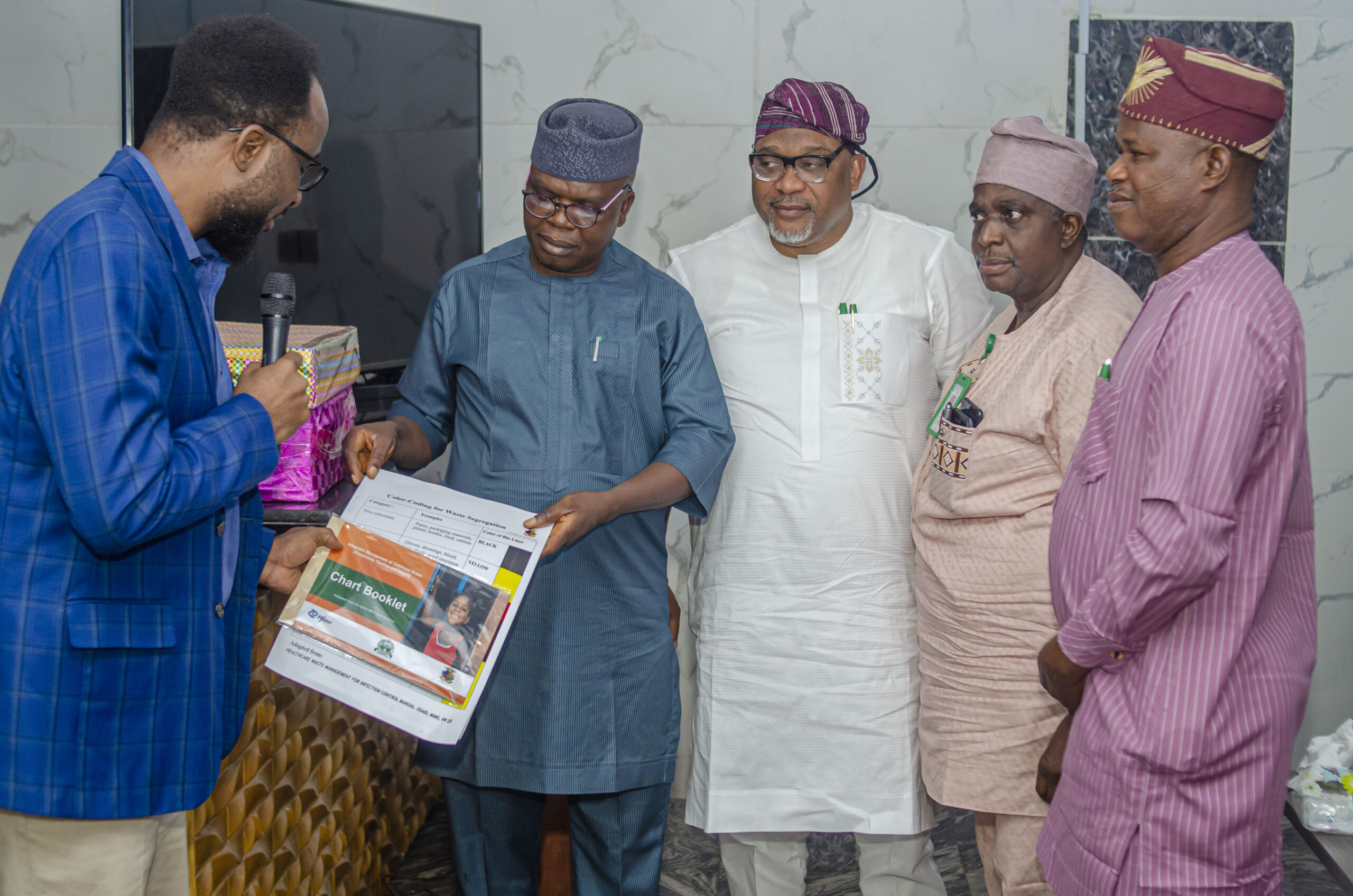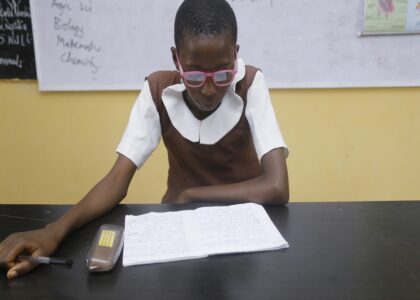[fusion_builder_container hundred_percent=”no” equal_height_columns=”no” menu_anchor=”” hide_on_mobile=”small-visibility,medium-visibility,large-visibility” class=”” id=”” background_color=”” background_image=”” background_position=”center center” background_repeat=”no-repeat” fade=”no” background_parallax=”none” parallax_speed=”0.3″ video_mp4=”” video_webm=”” video_ogv=”” video_url=”” video_aspect_ratio=”16:9″ video_loop=”yes” video_mute=”yes” overlay_color=”” video_preview_image=”” border_size=”” border_color=”” border_style=”solid” padding_top=”” padding_bottom=”” padding_left=”” padding_right=””][fusion_builder_row][fusion_builder_column type=”1_1″ layout=”1_1″ background_position=”left top” background_color=”” border_size=”” border_color=”” border_style=”solid” border_position=”all” spacing=”yes” background_image=”” background_repeat=”no-repeat” padding=”” margin_top=”0px” margin_bottom=”0px” class=”” id=”” animation_type=”” animation_speed=”0.3″ animation_direction=”left” hide_on_mobile=”small-visibility,medium-visibility,large-visibility” center_content=”no” last=”no” min_height=”” hover_type=”none” link=””][fusion_text]
DETERMINING THE STRONGEST MOTIVATORS FOR THE USE OF ROUTINE HEALTH INFORMATION SERVICE IN FAMILY PLANNING SERVICE IN LAGOS, NIGERIA
[/fusion_text][fusion_separator style_type=”none” hide_on_mobile=”small-visibility,medium-visibility,large-visibility” class=”” id=”” sep_color=”” top_margin=”” bottom_margin=”” border_size=”” icon=”” icon_circle=”” icon_circle_color=”” width=”” alignment=”center” /][fusion_table]
| PRINCIPAL INVESTIGATOR: | DR. ABAYOMI JOSEPH AFE |
| CO – INVESTIGATORS: | DR. TIMOTHY AKINMURELE, DR. ADEOLA ADETOUN, MRS. ABIMBOLA ODUOLA |
[/fusion_table][/fusion_builder_column][/fusion_builder_row][/fusion_builder_container][fusion_builder_container hundred_percent=”no” equal_height_columns=”no” menu_anchor=”” hide_on_mobile=”small-visibility,medium-visibility,large-visibility” class=”” id=”” background_color=”” background_image=”” background_position=”center center” background_repeat=”no-repeat” fade=”no” background_parallax=”none” enable_mobile=”no” parallax_speed=”0.3″ video_mp4=”” video_webm=”” video_ogv=”” video_url=”” video_aspect_ratio=”16:9″ video_loop=”yes” video_mute=”yes” video_preview_image=”” border_size=”” border_color=”” border_style=”solid” margin_top=”” margin_bottom=”” padding_top=”” padding_right=”” padding_bottom=”” padding_left=””][fusion_builder_row][fusion_builder_column type=”1_1″ layout=”1_1″ spacing=”” center_content=”no” hover_type=”none” link=”” min_height=”” hide_on_mobile=”small-visibility,medium-visibility,large-visibility” class=”” id=”” background_color=”” background_image=”” background_position=”left top” background_repeat=”no-repeat” border_size=”0″ border_color=”” border_style=”solid” border_position=”all” padding=”” dimension_margin=”” animation_type=”” animation_direction=”left” animation_speed=”0.3″ animation_offset=”” last=”no”][fusion_text]
BACKGROUND
[/fusion_text][fusion_text]Data or information alone will not transform outcomes. Data, which are simple measures of characteristics of people and things, have little inherent meaning or value. Analysis of the data enables the identification of patterns, thereby creating information. Finally, the use of information to generate recommendations, rules for action, and behaviour change signifies the creation of knowledge that is used to make decisions and change human behaviour. The literature on health information systems in FP is replete with complaints of the neglect of existing information, yet remarkably little is known regarding the motivators behind the use of such generated knowledge to improve the use of FP services in many countries especially the low income nations like Nigeria. This study is therefore being conducted to bridge the knowledge gap. Through this study we hope to identify what determines if family planning information that is collected through routine data collection is acted upon or not. The overall goal of this research is to gain information that will improve use of family planning data and ultimately improve health care delivery and health outcomes[/fusion_text][fusion_title margin_top=”” margin_bottom=”” hide_on_mobile=”small-visibility,medium-visibility,large-visibility” class=”” id=”” size=”4″ content_align=”left” style_type=”default” sep_color=””]
RESEARCH QUESTION(S)
[/fusion_title][fusion_checklist icon=”fa-star-half-o” iconcolor=”#f41000″ circle=”” circlecolor=”” size=”14px” hide_on_mobile=”small-visibility,medium-visibility,large-visibility” class=”” id=””][fusion_li_item icon=””]What are the factors that facilitate, encourage, or strengthen the use of routine health information in FP services?[/fusion_li_item][fusion_li_item icon=””]
What are the factors that mitigate against the use of routine health information in FP service?
[/fusion_li_item][fusion_li_item icon=””]What is the current state of the collection and use of routine health information in FP services?[/fusion_li_item][/fusion_checklist][fusion_section_separator divider_type=”clouds” divider_position=”left” divider_candy=”top” icon=”” icon_color=”” bordersize=”” bordercolor=”” backgroundcolor=”#dbdbdb” hide_on_mobile=”small-visibility,medium-visibility,large-visibility” class=”” id=”” /][fusion_title margin_top=”” margin_bottom=”” hide_on_mobile=”small-visibility,medium-visibility,large-visibility” class=”” id=”” size=”4″ content_align=”left” style_type=”default” sep_color=””]
METHODOLOGY
[/fusion_title][fusion_table]
| STUDY LOCATION | STUDY PERIOD | STUDY TYPE | STUDY DESIGN |
|---|---|---|---|
| LAGOS STATE, SOUTHWEST NIGERIA. | 12MONTHS | PROSPECTIVE CROSS SECTIONAL | MIXED METHOD (QUALITATIVEAND QUANTITATIVE) |
[/fusion_table][fusion_text]
Qualitative data will come from key informant interviews while quantitative data will be collected using structured questionnaires.
[/fusion_text][fusion_title margin_top=”” margin_bottom=”” hide_on_mobile=”small-visibility,medium-visibility,large-visibility” class=”” id=”” size=”4″ content_align=”left” style_type=”default” sep_color=””]
STUDY PARTICIPANTS:
[/fusion_title][fusion_text]
[/fusion_text][fusion_separator style_type=”none” hide_on_mobile=”small-visibility,medium-visibility,large-visibility” class=”” id=”” sep_color=”” top_margin=”13px” bottom_margin=”” border_size=”” icon=”” icon_circle=”” icon_circle_color=”” width=”” alignment=”center” /][fusion_title margin_top=”” margin_bottom=”” hide_on_mobile=”small-visibility,medium-visibility,large-visibility” class=”” id=”” size=”4″ content_align=”left” style_type=”default” sep_color=””]
DISSEMINATION:
[/fusion_title][fusion_text]
This will also be carried out as part of the study to key stakeholders for these to use the research findings to improve RHIS and advance FP outcomes in the state.
[/fusion_text][fusion_title margin_top=”” margin_bottom=”” hide_on_mobile=”small-visibility,medium-visibility,large-visibility” class=”” id=”” size=”4″ content_align=”left” style_type=”default” sep_color=””]
FUNDER
[/fusion_title][fusion_text]
[/fusion_text][/fusion_builder_column][fusion_builder_column type=”1_3″ layout=”1_3″ spacing=”” center_content=”no” hover_type=”none” link=”” min_height=”” hide_on_mobile=”small-visibility,medium-visibility,large-visibility” class=”” id=”” background_color=”” background_image=”” background_position=”left top” background_repeat=”no-repeat” border_size=”0″ border_color=”” border_style=”solid” border_position=”all” padding=”” dimension_margin=”” animation_type=”” animation_direction=”left” animation_speed=”0.3″ animation_offset=”” last=”no”][/fusion_builder_column][fusion_builder_column type=”1_3″ layout=”1_3″ spacing=”” center_content=”no” hover_type=”none” link=”” min_height=”” hide_on_mobile=”small-visibility,medium-visibility,large-visibility” class=”” id=”” background_color=”” background_image=”” background_position=”left top” background_repeat=”no-repeat” border_size=”0″ border_color=”” border_style=”solid” border_position=”all” padding=”” dimension_margin=”” animation_type=”” animation_direction=”left” animation_speed=”0.3″ animation_offset=”” last=”no”][fusion_button link=”https://www.ehainigeria.org/MEASURE%20Evaluation.pdf” title=”” target=”_self” link_attributes=”” alignment=”” modal=”” hide_on_mobile=”small-visibility,medium-visibility,large-visibility” class=”” id=”” color=”custom” button_gradient_top_color=”#f41000″ button_gradient_bottom_color=”#f41000″ button_gradient_top_color_hover=”#f41000″ button_gradient_bottom_color_hover=”#f41000″ accent_color=”” accent_hover_color=”” type=”3d” bevel_color=”” border_width=”” size=”medium” stretch=”default” shape=”pill” icon=”fa-download” icon_position=”left” icon_divider=”no” animation_type=”” animation_direction=”left” animation_speed=”0.3″ animation_offset=””]DOWNLOAD PDF[/fusion_button][/fusion_builder_column][fusion_builder_column type=”1_3″ layout=”1_3″ spacing=”” center_content=”no” hover_type=”none” link=”” min_height=”” hide_on_mobile=”small-visibility,medium-visibility,large-visibility” class=”” id=”” background_color=”” background_image=”” background_position=”left top” background_repeat=”no-repeat” border_size=”0″ border_color=”” border_style=”solid” border_position=”all” padding=”” dimension_margin=”” animation_type=”” animation_direction=”left” animation_speed=”0.3″ animation_offset=”” last=”no”][/fusion_builder_column][fusion_builder_column type=”1_2″ layout=”1_2″ spacing=”” center_content=”no” hover_type=”none” link=”” min_height=”” hide_on_mobile=”small-visibility,medium-visibility,large-visibility” class=”” id=”” background_color=”” background_image=”” background_position=”left top” background_repeat=”no-repeat” border_size=”0″ border_color=”” border_style=”solid” border_position=”all” padding=”” dimension_margin=”” animation_type=”” animation_direction=”left” animation_speed=”0.3″ animation_offset=”” last=”no”][fusion_imageframe image_id=”13861″ style_type=”none” stylecolor=”” hover_type=”none” bordersize=”” bordercolor=”” borderradius=”” align=”none” lightbox=”no” gallery_id=”” lightbox_image=”” alt=”” link=”” linktarget=”_self” hide_on_mobile=”small-visibility,medium-visibility,large-visibility” class=”” id=”” animation_type=”” animation_direction=”left” animation_speed=”0.3″ animation_offset=””]https://www.ehainigeria.org/wp-content/uploads/2017/11/cross-section-member-of-the-research-team-during-a-meeting.jpg[/fusion_imageframe][fusion_text]
Cross section member of the Research Team during a meeting
[/fusion_text][/fusion_builder_column][fusion_builder_column type=”1_2″ layout=”1_2″ spacing=”” center_content=”no” hover_type=”none” link=”” min_height=”” hide_on_mobile=”small-visibility,medium-visibility,large-visibility” class=”” id=”” background_color=”” background_image=”” background_position=”left top” background_repeat=”no-repeat” border_size=”0″ border_color=”” border_style=”solid” border_position=”all” padding=”” dimension_margin=”” animation_type=”” animation_direction=”left” animation_speed=”0.3″ animation_offset=”” last=”no”][fusion_imageframe image_id=”13862″ style_type=”none” stylecolor=”” hover_type=”none” bordersize=”” bordercolor=”” borderradius=”” align=”none” lightbox=”no” gallery_id=”” lightbox_image=”” alt=”” link=”” linktarget=”_self” hide_on_mobile=”small-visibility,medium-visibility,large-visibility” class=”” id=”” animation_type=”” animation_direction=”left” animation_speed=”0.3″ animation_offset=””]https://www.ehainigeria.org/wp-content/uploads/2017/11/measure-evaluation.jpg[/fusion_imageframe][fusion_text]
The Research Team
[/fusion_text][/fusion_builder_column][fusion_builder_column type=”1_2″ layout=”1_2″ spacing=”” center_content=”no” hover_type=”none” link=”” min_height=”” hide_on_mobile=”small-visibility,medium-visibility,large-visibility” class=”” id=”” background_color=”” background_image=”” background_position=”left top” background_repeat=”no-repeat” border_size=”0″ border_color=”” border_style=”solid” border_position=”all” padding=”” animation_type=”” animation_direction=”left” animation_speed=”0.3″ animation_offset=”” last=”no”][fusion_imageframe image_id=”13863″ style_type=”none” stylecolor=”” hover_type=”none” bordersize=”” bordercolor=”” borderradius=”” align=”none” lightbox=”no” gallery_id=”” lightbox_image=”” alt=”” link=”” linktarget=”_self” hide_on_mobile=”small-visibility,medium-visibility,large-visibility” class=”” id=”” animation_type=”” animation_direction=”left” animation_speed=”0.3″ animation_offset=””]https://www.ehainigeria.org/wp-content/uploads/2017/11/research-team-during-a-meeting.jpg[/fusion_imageframe][fusion_text]
Research Team during a meeting
[/fusion_text][/fusion_builder_column][/fusion_builder_row][/fusion_builder_container]




